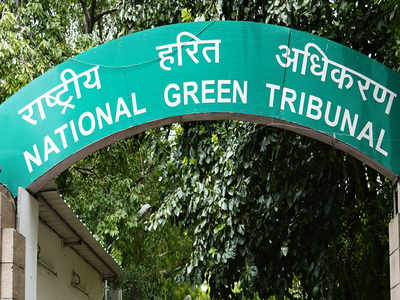The Hindu 30.05.2013
Coimbatore Corporation to do cost-benefit analysis for solar cookers

Coimbatore Corporation will soon do a cost-benefit
analysis for the solar cookers it plans to install at the 16 higher
secondary schools.
The civic body at its May 21
council meeting resolved to install solar cookers in the schools for
preparing noon meal for students from Classes I to X.
It
also resolved to spend an approximate Rs. 10 lakh for the purpose. It
said that if the Corporation were to use the solar cookers it would
bring down the use of liquefied petroleum gas cylinders and also the
cost.
According to sources, the Corporation had
estimated that it would have to spend around Rs. 5 lakh for the cookers
after factoring in the subsidy, if any, from the Central and State
Governments. This would do away the need for LPG cylinders at the 16
schools.
Once the use of the solar cookers was found
to be beneficial, the civic body would extend it to the 77 centres, from
where it served noon meal to over 8,700 students.
Though
the Corporation had said that the solar cooker would help it bring down
cost, the reality is that 50 of the 77 Corporation schools with
facility to cook using LPG were not doing so.
The reason: cost.
Sources
in the Corporation said that the State Government paid the Corporation
24 paise a child a day towards fuel. With this money it was impossible
for the noon meal organisers to buy even firewood.
The
money the Government sends the Corporation to be spent on a student
taking noon meal was Rs. 1.30 and Rs. 1.70 for students in classes I to V
and Rs. 1.40 and Rs. 1.80 for students in classes VI to X.
Of
those, the Rs. 1.30 and Rs. 1.40 are on days when pulses are not used.
And the other two are the expenditures on days when pulses are used.
The
sources said that the Corporation could not save on firewood or fuel
because that was a negligible amount, which did not reflect the reality.
If at all, the solar cooker would make the lives of cooks easier in
that they would be spared of the trouble of battling smoke and sitting
for long in front of the stove.
The sources said that
it easily took more than two hours for the noon meals cooks to prepare
food for around 100 children. And then there was the preparatory work.
When
for a short time the cooks were given LPG cylinders, they found the
task easier. But they had to give up using LPG cylinders because the
money allotted for fuel was insufficient.
A noon meal
centre serving 100 children would require four to five cylinders a
month and that too the cylinders would have to be bought at commercial
rate. Whereas the Government’s 24-paisa-a-child-a-day worked out to a
mere Rs. 480 a month.
The sources wanted the Corporation to bring in a system that would make the cooking easier.

